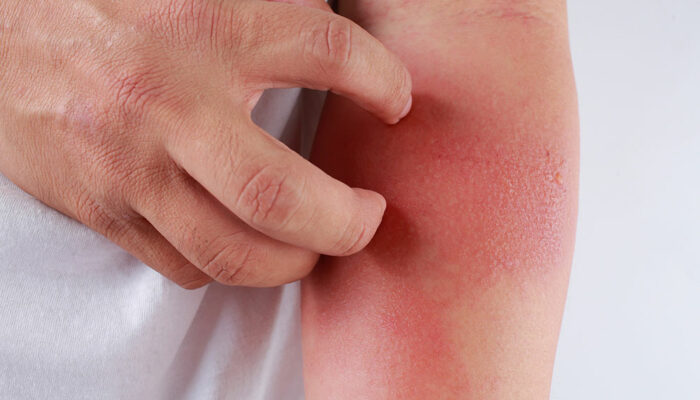
Hemophilia – Types, Symptoms, and Treatment
Hemophilia is a bleeding disorder wherein blood does not have the ability to clot in a proper manner. It is inherited. In our body, the clotting factor which is a protein is responsible for controlling bleeding. In this medical condition, there is not enough clotting factor available in the body and hence it becomes a bleeding disorder.
1. Types of Hemophilia
The types of hemophilia that can occur in our body.
- Hemophilia A
Hemophilia A is the most common form of the disease. In this medical condition, the clotting factor VIII is reduced to a considerate level causing the disease. - Hemophilia B
In Hemophilia B, clotting factor IX is reduced to a considerable level thus causing the disease. It is referred to as Christmas Disease.
The above two types are inherited forms of hemophilia. But there is another type of hemophilia which is not inherited. It is called acquired hemophilia
- Acquired Hemophilia
This is a very rare form of the disease. In this medical condition, the person’s immune system starts to develop antibodies against one of the clotting factors of one’s body.
2. Symptoms of Hemophilia
Depending on the clotting factor, the symptoms of hemophilia differ. When the clotting factor is decreased to a lesser extent there is bleeding after trauma. On the other hand, if the clotting factor reduces to a great extent, there is abrupt and spontaneous bleeding. Symptoms of this disease include
- Bleeding after vaccinations which is rather unusual
- Deep cuts and bruises when affected with a trauma
- Excessive bleeding by cuts, surgery
- Nosebleeds without any particular cause
- Swelling in the joints
- Pain in the joints
- Blood in the stool and urine
3. Treatment of Hemophilia
Few of the treatment of this disease is mentioned next.
- Replacement Therapy
In this treatment method, the replacement of the particular clotting factor is made. If needed, it can also be given at regular intervals to help in the prevention of bleeding episodes. - Physical Therapy
This form of treatment helps to reduce the joint pain that occurs in this disease. - Medications
Medication that helps in clot preservation can be given to the patient suffering from hemophilia.- Desmopressin
Desmopressin is a hormone and can be given in mild cases of this medical ailment. It works by producing more clotting factors in the body of the patient. It comes in the form of a nasal spray or injection. - First Aid
First aid for minor cuts is an essential treatment for this disease. A bandage is applied after putting in pressure and if necessary ice packs can be used too. - Fibrin Sealants
Fibrin sealants can be applied directly to the affected area of bleeding. It aids the wound to clot. These medications are of common usage in dental treatments. - Vaccinations
Vaccinations are necessary for hemophilic patients who take replacement therapy to protect them from acquiring diseases like hepatitis A and hepatitis B.
- Desmopressin



